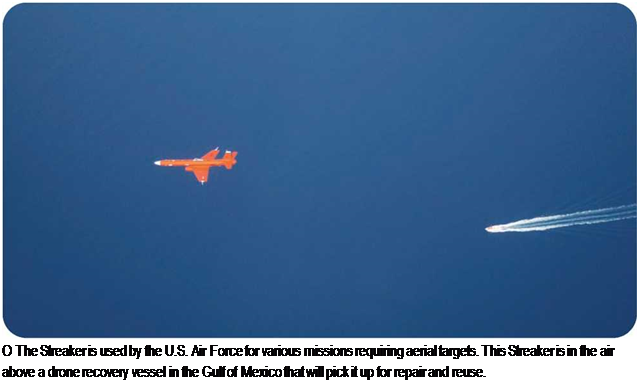After the Flight
Alcock and Brown were instantly hailed as heroes. The Daily Mail held a banquet in their honor, and King George V received them at Windsor Castle and awarded both pilots a knighthood. Vickers offered Alcock and Brown jobs for the rest of their lives.
Later in 1919, Alcock flew an experimental seaplane for Vickers across the English Channel to France. Thick fog caused his aircraft to crash, and the impact killed him.
Brown lived nearly thirty more years after Alcock’s death. He worked for
RE-CREATED FLIGHTS
In 2005 two fliers repeated Alcock and Brown’s legendary flight. Pilot Steve Fossett and copilot and navigator Mark Rebholz flew a Vimy that was a reconstruction of the original plane. Fossett and Rebholz took off from Newfoundland on July 3. They tried to follow faithfully the original flight path. Fossett flew the plane at low speeds of 75 miles per hour (121 kilometers per hour). Rebholz used only the type of navigational equipment that Brown had used on his flight. On July 4, 18 hours after takeoff, the airplane landed on a golf course in Ireland. The same replica aircraft was then used to repeat two other historic flights that had taken place in a Vimy: the first England-to-Australia flight of 1919 and the first England-to-South Africa flight of 1920.
_____________________________________________ /
Vickers and then for an engineering company until World War II began. In 1939 Brown rejoined the military to train pilots in the British Royal Air Force. He died in 1948.
SEE ALSO:
• Biplane • Bomber • Navigation
• Pilot • World War I
_____________________________________________ J











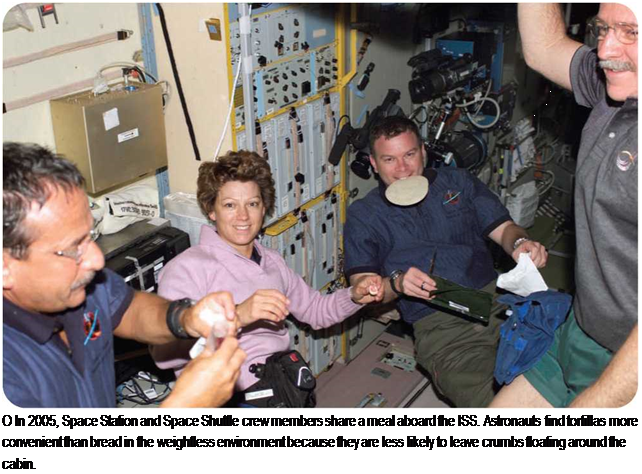
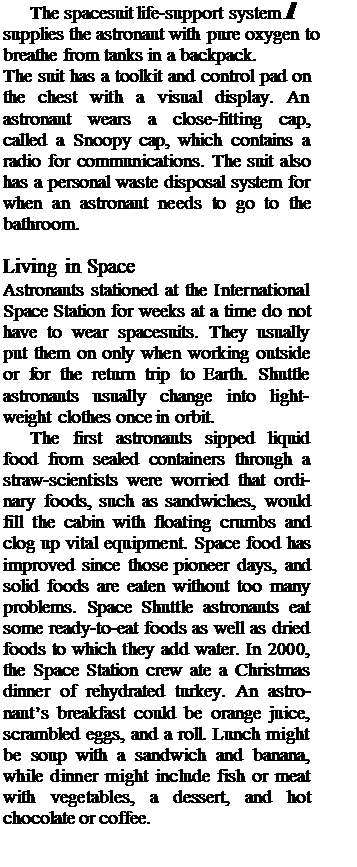 ■i^r^
■i^r^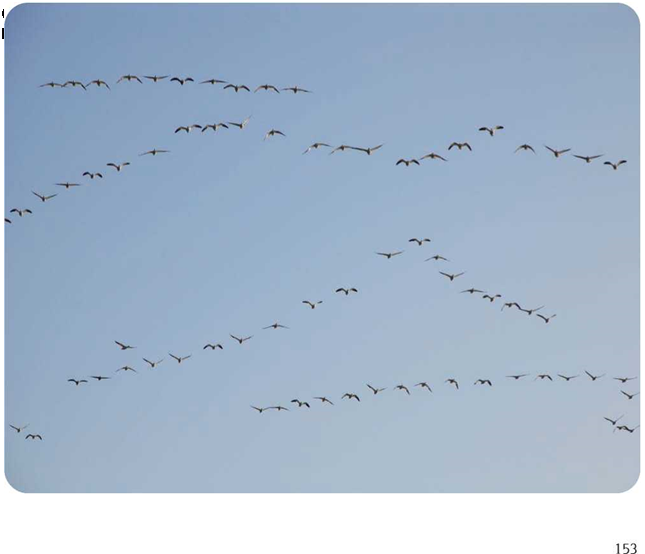


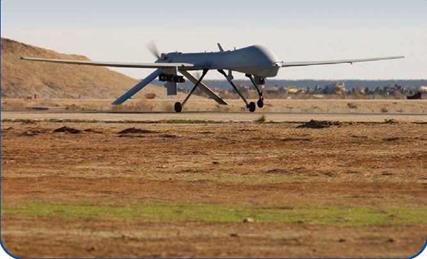 around 400 miles per hour (644 kilometers per hour) at a height of
around 400 miles per hour (644 kilometers per hour) at a height of